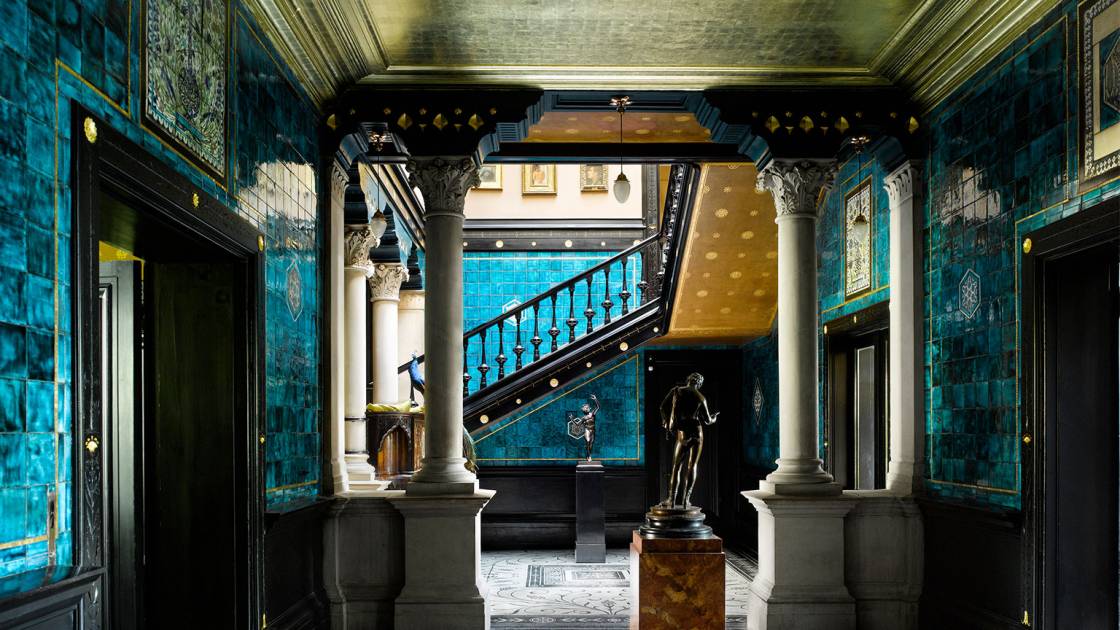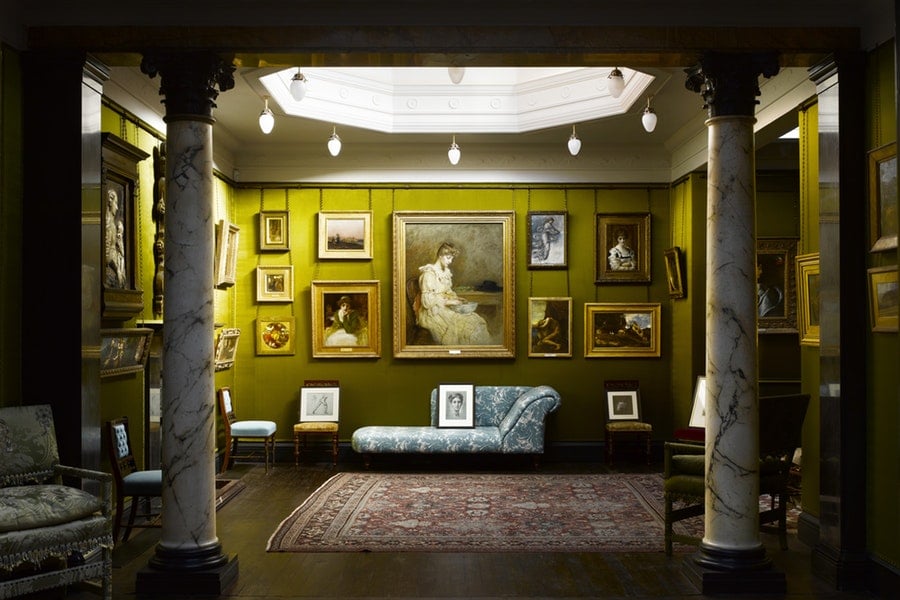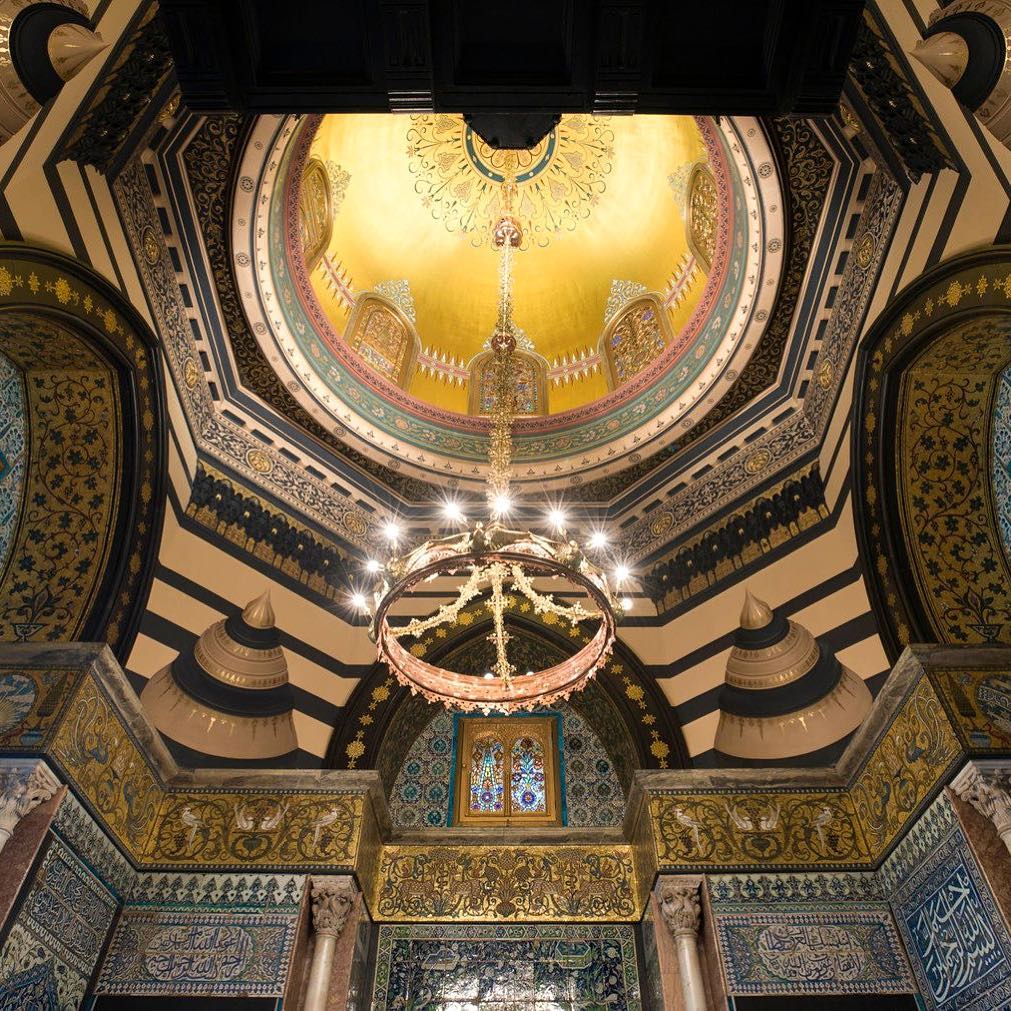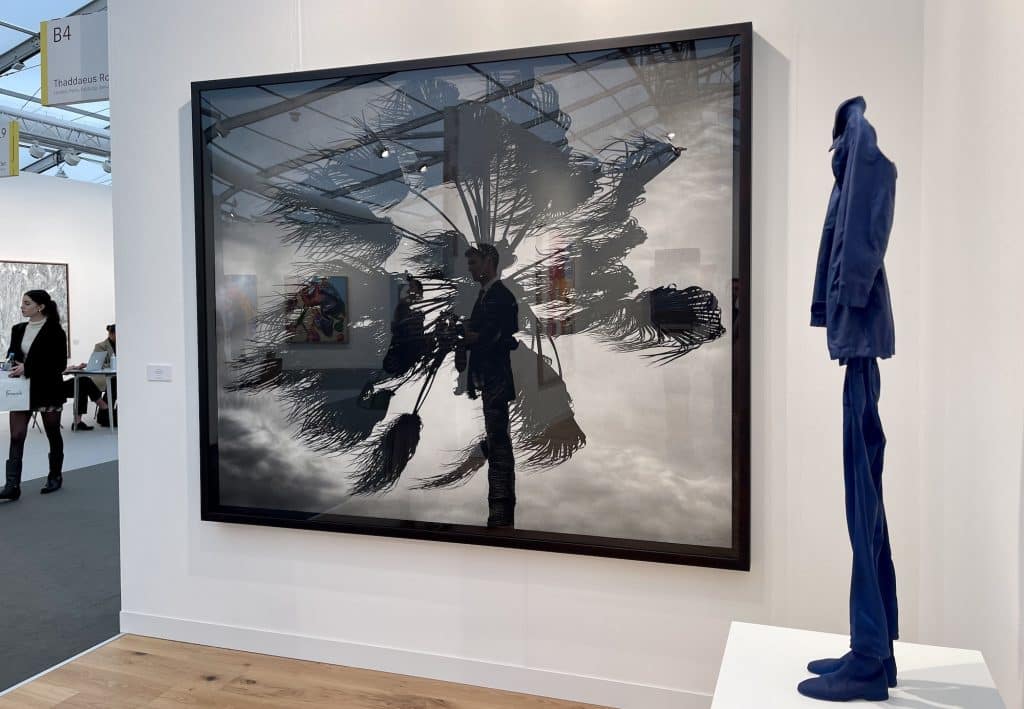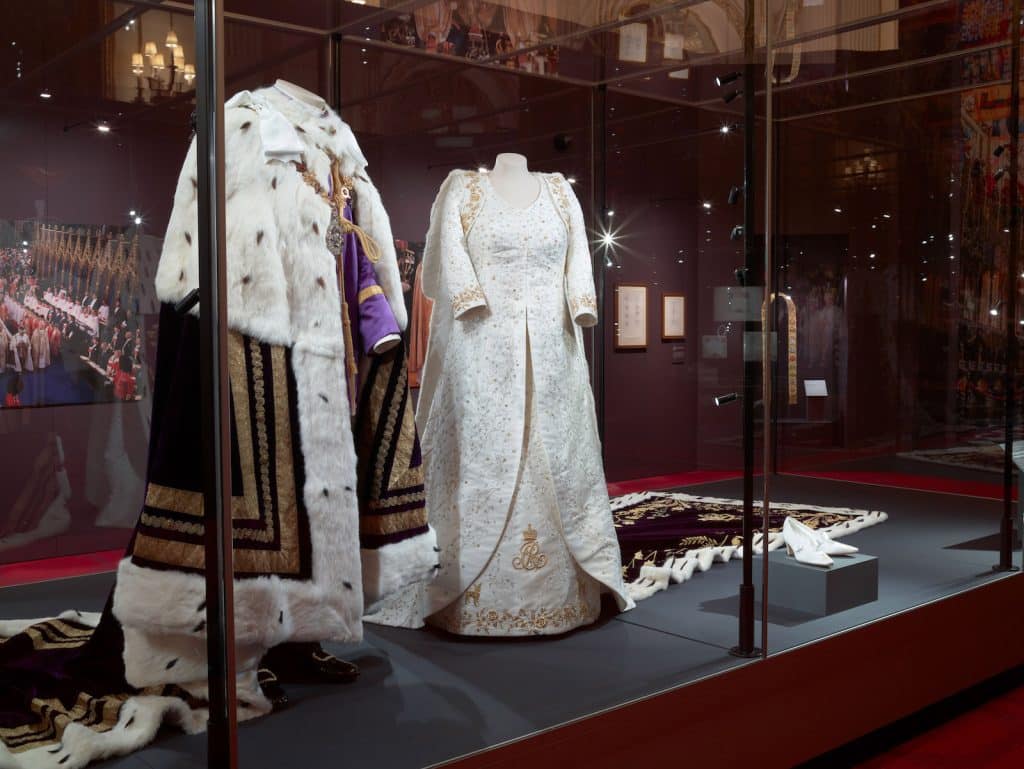This week we spent an exquisite evening at Leighton House Museum. Home of Victorian painter and sculptor, Frederic Leighton, this gem of a house in Holland Park never ceases to amaze. The design of the building began in 1864 and continued during the following 30 years with renowned architect George Aitchison at the helm.
Gilded ceilings and dazzling peacock blue tiles set the tone of opulence in the hallway immediately, and yet Aitchison’s initial design was Leighton’s grand painting studio on the first floor. Dominated by the large north window, the red walls, dome and apse evoke Leighton’s ‘musics’ as they became known. Combining music poetry and art within a beautiful setting where strains of Bach and Handel would waft through the house, Leighton’s ‘musics’ were a multi-sensory experience. They were a high point of the London social and cultural calendar and Leighton would invite eminent friends from the Pre-Raphaelite movement.
In 1877 the spectacular two storey Arab Hall was built as a centrepiece to house Leighton’s priceless collection of Islamic tiles collected during frequent visits to the Middle East. 17th century tiles are complemented by carved wooden lattice-work windows of the same period from Damascus. According to Aitchison the design was based on the palace of La Zisa in Palermo. In 1889 an additional winter studio was added and lastly in 1895, the top-lit picture was completed.
After Leighton died in 1896 the contents of the house was sold, including at least 1000 of his own drawings, almost all of which were bought by the Fine Art Society. Thankfully, approximately 81 of his own pictures and paintings remain.
For further information please visit here
All images by CELLOPHANELAND* and Leighton House Museum.




